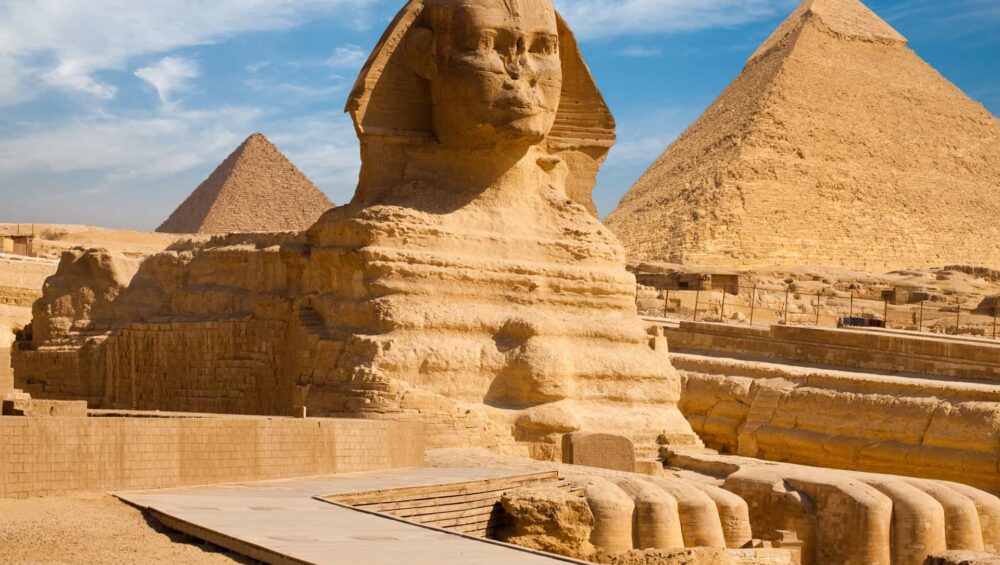Giza, a vibrant city on the west bank of the Nile River, is the crown jewel of the Giza Governorate and a vital part of the bustling Greater Cairo area. From its awe-inspiring pyramids to its lively urban scene, Giza City in Egypt promises an unforgettable journey blending the ancient and the contemporary.
Giza’s Historical Odyssey
Once a humble village in ancient Egypt, Giza transformed into a beacon of history and culture.
- Ancient Beginnings: Its rise began post-Muslim conquest, surpassing the ancient city of Memphis.
- Islamic Era: Giza flourished with grand mosques, though none remain today.
- 19th-Century Boom: The opening of the Suez Canal in 1869 spurred development, including the iconic Pyramid Avenue.
- 20th-Century Renaissance: Cairo University, established in 1908, cemented Giza’s status as an educational and cultural hub.
Giza in the Present
Today, Giza in Egypt is a bustling metropolis home to over 3 million people, with a dynamic economy rooted in manufacturing, education, and tourism. Modern infrastructure, including highways, railways, and an international airport, ensures easy connectivity.
Top Attractions in Giza City

- The Great Pyramids of Giza: These world-renowned ancient wonders need no introduction.
- The Sphinx: A mysterious limestone guardian standing tall through millennia.
- The Egyptian Museum: Located nearby in Cairo, it showcases Egypt’s unparalleled heritage.
- Cairo University: A prestigious institution located in the heart of Giza City.
Giza’s Modern Side
Beyond its ancient treasures, Giza in Egypt boasts a lively modern culture.
- Shopping malls, bustling markets, and chic cafes.
- Vibrant nightlife featuring cultural venues and trendy spots.
Explore Giza’s Suburbs
- El Dokki: Home to embassies and high-end businesses.
- Zamalek: Famous for its cultural venues and nightlife.
- Mohandessin: A hub for education and commerce.
- Maadi: A green oasis with upscale dining.
Accessibility and Transportation
Getting to Giza in Egypt is a breeze.
- International Access: Connected via airport and major highways.
- From Cairo: A quick 30-minute trip by taxi, bus, or metro.
Tips for Visiting Giza
- Best Time to Visit: Spring and fall offer perfect weather.
- Beat the Heat: Summers are hot; stay hydrated and use sunscreen.
- Avoid Crowds: Visit the pyramids early morning or late afternoon.
Giza is a dazzling mix of ancient history and modern allure, making it a must-see destination for travelers seeking both adventure and inspiration.
From the Pyramids to the Nile, your dream tour in Egypt starts with an iconic Nile River cruise. Don’t wait—plan your trip today!




